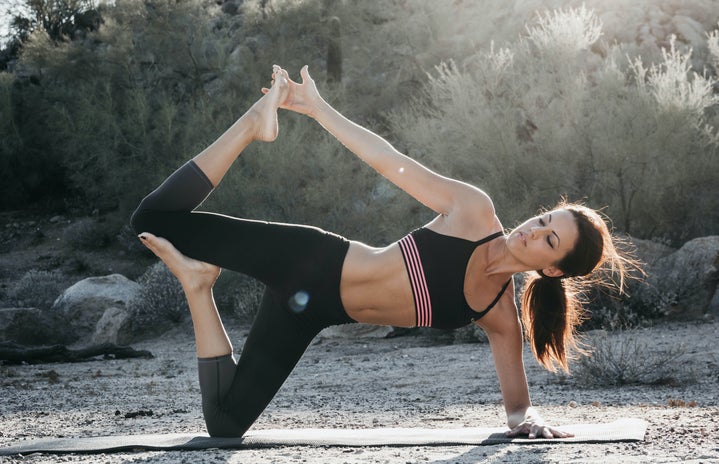We all know that sinking feeling when Mother Nature stops by with a present once a month. For five to seven days, our lives are filled with cramps, Midol and excessive amounts of chocolate. From the beginning of time, women have had to deal with their periods. While we worry about risking our favorite pair of white jeans, women back then had a couple of bigger issues during that time of the month. Here’s a brief rundown of how women throughout the ages dealt with their periods.
Ancient Greeks, Egyptians and Romans
Even Cleopatra had to deal with her mood swings and bloating once a month. During the ancient times when tampons and pads didn’t exist, women got creative in dealing with their periods. Using what they had, they crafted tampons out of soft papyrus around wood or made pads out of wool, paper, moss, animal skins or grass. Generally that time of the month was considered a “cleansing time” for women, and some believed that menstrual blood had healing powers.
Biblical times
However, not all ancient cultures were as accepting as the ancient Greeks, Egyptians and Romans. In the Jewish culture, women were considered “impure” while they were on their periods. They were even physically separated from men and their husbands! During that time, if you were on your period and you touched something, that object was also considered impure and a rabbi had to bless it before anyone else could use it. Talk about harsh.
The 1800s
That time of the month wasn’t much easier for women in 19th century Europe. While some women were lucky enough to wear pads, most could not afford them and just bled into their clothing. (We’ve all bled through our pants. It’s not fun.) In France, some girls weren’t allowed to work while they were on their periods, especially in food factories because their employers thought they would spoil the products.
1870s
Eventually, pads became more popular and girls stopped worrying about ruining their clothes. The only catch? The pads were attached to suspenders, aka the trendiest fashion statement of all time. As time went on, the suspenders were replaced by menstrual belts, which were as pleasant as they sound.
Post WWI
During World War I, French nurses found that cellulose bandages absorbed blood well when treating soldiers’ wounds. So they ditched the cotton makeshift pads they had been wearing and used the bandages instead! Around the same time, Kotex launched its first products, saving women with disposable pads.
1930s-1980s
Tampax was created during the 1930s giving women another option besides pads with belts. The first tampons were sewn and compressed in-house; however, they didn’t gain much popularity until the 1940s. In the 1970s, the modern pad was born with the adhesive strip, which finally replaced the menstrual belts. Companies continued to improve their feminine products throughout the 70s and 80s, thank goodness.
Today
Today when we have to deal with our periods, we have a variety of products that come in different sizes, colors and scents to choose from! While most guys still don’t want to hear about our PMS, at least we’re not being exiled or shunned during our times of the month. Sure we might feel a little gross for a couple days, but we just deal with it and move on. Oh the joys of being a girl!
From crafty contraptions from the ancient Egyptians to the creation of the tampon, women have had to deal with their periods. Luckily times have changed and we’re not seen as “impure” during our times of the month, and we have modern feminine products to ease the pain of our periods.

